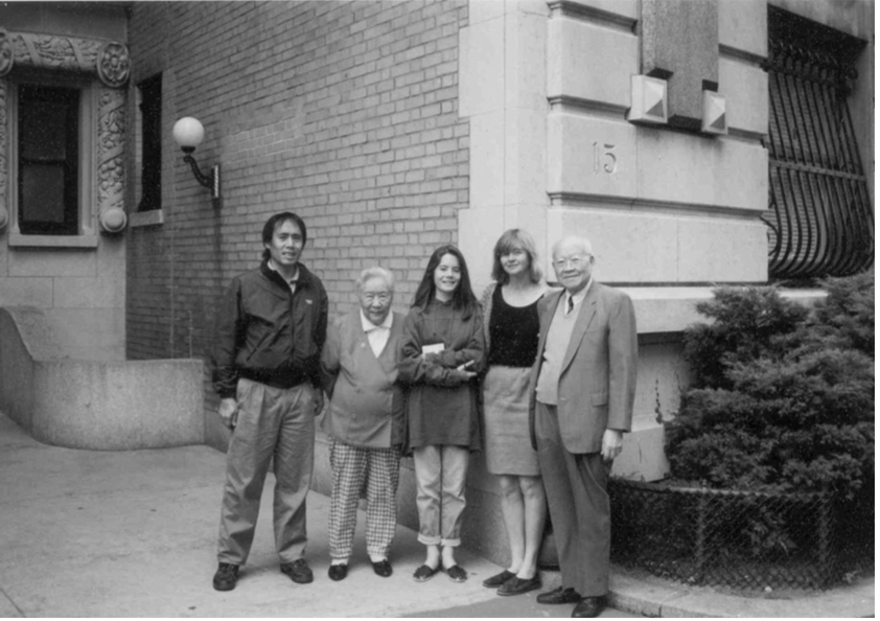Physics and family—the third rail of the experiment story
I’m reading a helpful book, Story Genius, by Lisa Cron, about narrative technique that I plan to write more about in the master blog. Here I will focus on Cron’s concept of any story’s “third rail,” the underlying problem that ties together the external plot points with the main characters’ beliefs and motivations, and thus electrifies the story.
in The Physics Experiment That Went Wrong story, I believe the third rail is the conflicting belief systems of Wu and Ruby over the appropriate balance between doing science with one’s family life.
I will show that Wu quite literally believed that young scientists should delay starting a family in order to have a full dedication to doing science. Stan Ruby was committed to science, but he also was a family man at heart, craving in his adult life to fill the hole left by his father’s early death.
The beauty of focusing on this conflict between Wu and Ruby is that it underlays the plot about the Ruby-Rustad experiment with a context that brings in not only the Ruby family history but also the Wu-Yuan history.
I can examine Stan’s own attitudes and behaviors regarding his work and his family life, which is right in the wheelhouse of this blog. I will contrast these to Wu’s conflicting outlook, based on her different cultural background and individual experience.
Wu’s own family life involving her husband, son and granddaughter become central to the story. On our side, Helga becomes an active character instead of an incidental bystander. The three Ruby children also become integral to the story.
Thanks to Lisa Cron for the concept of the third rail in narrative development. I think I now understand what is the third rail for this story that I’m telling.
The story is not just about physics. It is about physics and family.


